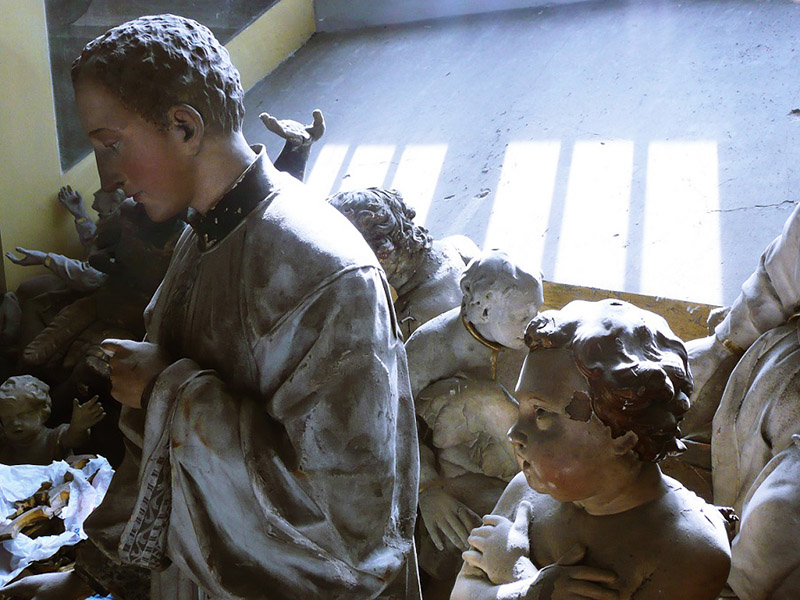Call for Papers
ON BORDERS/BOUNDARIES IN ART AND ART HISTORY
The problem of borders/boundaries in art history, both ancient and modern, recurs in various guises and meanings. A border as a dividing line, structuring political, national or regional geography, is often an object of conflict that translates into both artistic practices and discourses that attempt to systematize and qualify art created in a given area, thus influencing artistic geography. Art is often an attempt to answer or problematize borders on the grounds of cultural, economic, racial, etc. differences. This is the subject of, among others, the recently opened exhibition at the National Museum in Poznań entitled “About Sharing. Art on the (Polish-German) Border”, curated by Marta Smolińska and Burcu Dogramaci, or the numerous art and exhibition projects dealing with, for example, the US-Mexican or Israeli-Palestinian borders (border art). The ongoing war in Ukraine also forces us to rethink the problem of the border and identity in art.
However, a border can also be viewed more abstractly, as a boundary, a line that delineates structures and systems of practices and discourses that seek to define identity, to classify and create hierarchy. Delimitations of this type characterized modernity (modernism) in the broad sense of this term. They were, however, eventually challenged by postmodern (poststructuralist) thought and post- and decolonial studies that favored the porosity and fluidity of previously constructed divisions, and thus of identities and their associated systems of meaning. The undecidable nature of a border (a division, boundary or a frame) – and, more broadly, of the established relationship between the hierarchically established center and the margin – was long ago discussed by Jacques Derrida in terms of parergon, and theorists such as Gilles Deleuze introduced conceptual constructs that invalidated borders/boundaries as lines of division altogether. These revaluations clearly pointed out the impossibility of sustaining thinking about borders as impermeable lines – physical and conceptual – demonstrating the necessity of thinking of them in terms of a field of difference, interpenetration, hybridization, a zone that can be both conflictual and highly productive and creative.
We encourage submissions that will address the problem of the border/boundary, with a particular focus on various attempts to theorize it, reflect on the contemporary condition of these concepts and their functioning in both contemporary artistic practices, art-historical discourse and reevaluations of the state of knowledge on the art of the past.
Among other things, we will be interested in:
- attempts to theorize the category of the border/boundary – both physical and conceptual in the field of art history and/or visual culture studies
- problematized and theoretically framed case studies of art, including architecture, dealing with the problem of territorial, interstate, regional borders (including so called border art) – issues of artistic geography, the establishing and/or questioning of cultural and ethnic borders/divisions through artistic and/or architectural practices
- a border/boundary as an issue of architectural practice, planning and landscape design
The deadline for submissions in the form of abstracts of a maximum of 2,500 characters and a short academic bio – December 10, 2023. Authors of qualified abstracts will be asked to submit a full text of a maximum length of 45,000 characters (including an appendix bibliography) by February 25, 2024. All texts, with prior approval of the editorial team, will undergo a double-blind peer review.
Please submit proposals via pressto: www.pressto.amu.edu.pl (Artium Quaestiones, About, submission)
Contact an editor board: aq.redakcja@amu.edu.pl

